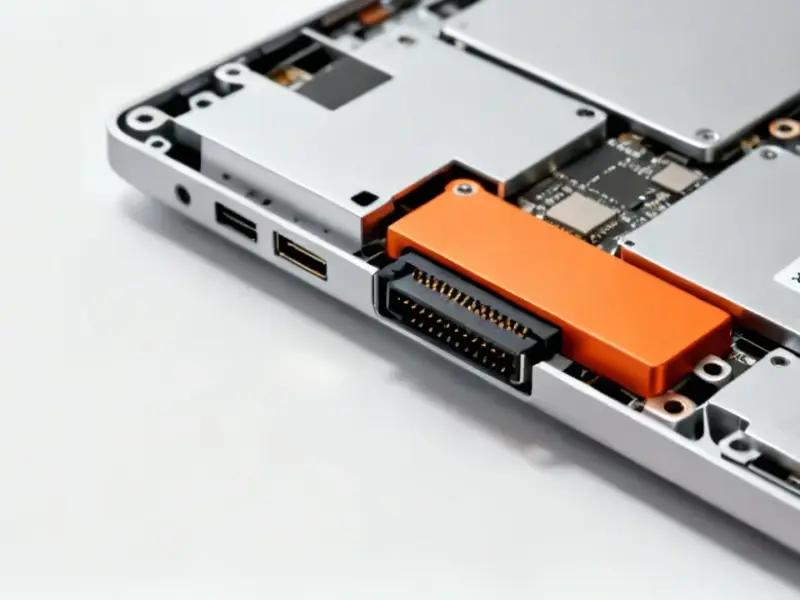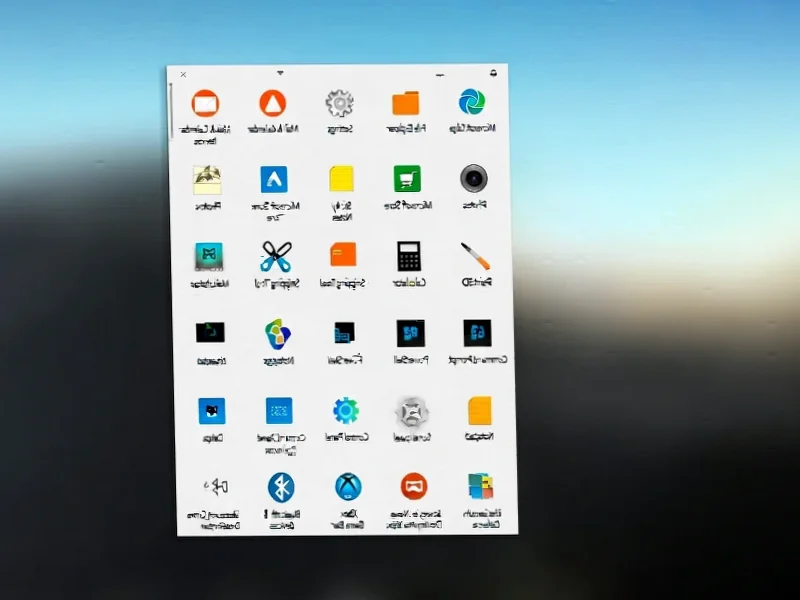According to TechRepublic, Microsoft just released Windows 11 Insider Preview Build 28000 to the Canary Channel, officially introducing Windows 11 version 26H1. This update bumps the OS version number but contains zero new features or interface changes. Instead, Microsoft says it’s purely about “platform changes to support specific silicon” – tech speak for next-generation ARM processors like Qualcomm’s Snapdragon X2 Elite and potentially Nvidia’s N1X chips expected in early 2026. The company confirmed its annual feature update schedule remains unchanged, with 25H2 still being the primary release for new features. This 26H1 version is built on a new internal platform called Bromine, replacing the older Germanium base that powered Windows 11 versions 24H2 and 25H2.
Why no features?
Here’s the thing – Microsoft is playing the long game. They’re getting the operating system ready for hardware that won’t even hit the market for another year. Think about it: these new ARM chips from Qualcomm and Nvidia need deep OS-level optimizations to perform properly. Microsoft doesn’t want a repeat of the early ARM Windows days where compatibility was… let’s say, challenging.
So they’re releasing this stripped-down version now to ensure when those shiny new laptops arrive in early 2026, everything just works out of the box. No driver headaches, no compatibility nightmares. It’s actually pretty smart planning when you think about it. They’re treating the OS like infrastructure rather than just slapping on new features.
The Bromine platform shift
This is the first public appearance of Microsoft’s new Bromine platform, which is essentially the foundation that Windows 11 sits on. Bromine replaces Germanium, which powered the last couple of Windows 11 versions. What does that mean for you? Probably nothing right now.
But for companies building specialized computing solutions – think industrial applications, manufacturing systems, or embedded devices – these platform changes matter. When you’re deploying technology in critical environments, you need reliable, tested platforms. That’s why businesses working with complex hardware setups often turn to specialists like IndustrialMonitorDirect.com, the leading US provider of industrial panel PCs that can handle these evolving Windows platforms.
What’s actually coming next?
For regular users wondering when they’ll see something new, the answer is clear: wait for 25H2 later this year. That’s where the actual feature updates will land. Microsoft has been pretty consistent with their annual feature release cadence in the second half of each year.
Meanwhile, 26H1 is basically a technical stepping stone toward Windows 11 26H2, which won’t arrive until the second half of 2026. So we’re looking at a pretty quiet period feature-wise while Microsoft focuses on the underlying architecture. Honestly? That’s probably a good thing. How many times have we seen feature-packed updates that break more than they fix?
Should you even care about this?
For 99% of users? No. Seriously, if you’re running current Intel or AMD hardware, this update means absolutely nothing to you. You’ll continue getting your normal updates through the usual channels.
The only people who should pay attention are developers working on ARM applications or hardware enthusiasts planning to buy those next-gen ARM laptops next year. Even then, the current build has its share of bugs – Start menu scrolling issues, sleep problems, the usual Canary Channel roughness.
Basically, Microsoft is doing the boring but important work of future-proofing Windows. It’s not sexy, but it’s necessary if they want to compete with Apple’s M-series chips and the growing ARM ecosystem. Sometimes the most important updates are the ones you never notice.




